If you’re planning on buying an ATV, it’s a good idea to know if the machine was rated for your weight. This guide will help you decide which size of ATV you should be looking for. The manufacturers recommended weight limits aren’t set in stone. But if you push it too far, you could do damage to the ATV shocks and other parts.
Let me start with a disclaimer, always use the manufacturer specifications for weight limits or load limits. Sometimes this will be printed on the four wheeler somewhere under max weight. The load limit usually include the weight of the rider, all cargo, and accessories. That being said, in real life you can usually go over the recommended weight limit a little bit and still be fine.
What you really want to watch out for is how the ATV is responding to the weight of the rider. If you’re over the max weight limit on a quad, avoid hitting jumps or getting air at all. If you notice the shocks bottoming out, you shouldn’t be riding that machine. Also, you will notice the handling may act differently if you’re over the manufacturer weight limits. Lets look at some of the weight limits set by the manufacturer of some of the most popular models to get an idea.
| Make And Model | Weight Limit | |
| Honda 400EX | 220 lbs | |
| Polaris Scrambler XP 1000 | 290 lbs | |
| Yamaha Raptor 700 | 220 lbs | |
| Yamaha YFZ450R | 220 lbs | |
| Can-Am Renegade 1000R | 400 lbs |
As you can see, for sport or racing quads, the weight limit varies but most are around 200 pounds. Notice the Can-Am Renegade weight limit of 400 lbs, well that’s a 710 pound machine to begin with. It’s important to find a quad designed to hold your weight, but if you’re 250 lbs, I’m sure you’ll handle a 400EX just fine. Lets look at some utility 4×4 models next.
| Make And Model | Weight Limit | |
| Can-Am Outlander 570 (1 seater) | 517 lbs | |
| Can-Am Outlander 570 (2 seater) | 598 lbs | |
| Can-Am Outlander T Series 1000 | 600 lbs | |
| Honda FourTrax Foreman 500 | 485 lbs | |
| Polaris Sportsman XP 1000 | 715 lbs | |
| Yamaha Grizzly ESP 700 | 485 lbs |
Right away you can notice how much more weight the utility ATVs can carry than the sport quads. Bu these machine are designed for carrying weight, doing work, and towing. A lot of these machines also have front and rear racks and some even have a seat specifically designed for a passenger. These ATVs were made for carrying the extra weight.
| Make And Model | Weight Limit | |
| Polaris Sportsman 110 | 180 lbs | |
| Polaris Outlaw 110 | 180 lbs | |
| Yamaha YFZ50 | 90 lbs | |
| Honda TRX90X | 187 lbs | |
| Can-Am DS90X | 120 lbs |
Youth ATVs are made for kids usually around age 10. A lot of these models state in their owners manual to not let children under the age of 6 ride the ATV. And any child under the age of 16 must be supervised by an adult. Also, none of the youth models I’ve seen allow for a passenger.
A lot of these models state in their owners manual to not let children under the age of 6 ride the ATV. And any child under the age of 16 must be supervised by an adult. Also, none of the youth models I’ve seen allow for a passenger.
Do with that info what you will. I know when I was a kid we rode with passengers everywhere, we used to tie ropes to the back of the quads and pull each other on sleds. Maybe times have changed, the point is if your kid is getting to be above 120 pounds, it may be time to look at a bigger four wheeler for them. Don’t forget, the weight limit may say 120 lbs, but that includes everything else on the quad not just the rider.
I would always advise that you follow your users manual. Going over the manufacturers weight limits could damage crucial parts of your ATV. Another option to think about, if you really like a certain model but happen to be over the weight limit a bit, is to get yourself some after market shock absorbers designed to hold the extra weight.
A good example to get your search started are these GZYF Pair Air Shock Absorbers from Amazon. They come in sizes from 280mm to 400mm and great reviews. This particle brand comes in different sizes and colors so you can pick what will work best for you. I recommend you check the size details to make sure it will fit your quad before committing to a purchase though.
The manufacturer of these shock absorbers claims they fit most 150cc – 750cc Honda, Suzuki, Yamaha, Kawasaki, sport bikes, dirt bikes, and quads. Again, I would double check your size and get the one that fits your machine. The size is from eye to eye on these shocks, you can measure your machine or look through your users manual to find the size you need.
To sum up real quick, it’s important to use the ATV the way it was designed to be used. If you’re going to ride a quad not rated for your weight, take it easy and see how the ATV responds to the extra load.
If you feel the quad bottoming out on bumps or jumps you’re most likely causing excessive wear and tear and damaging the four wheeler. Invest in a quality pair of shocks to prevent damage and increase the load the machine can handle.
Invest in a quality pair of shocks to prevent damage and increase the load the machine can handle.
Sharing is caring!
Knowing how much weight your ATV can carry is essential for safe riding. Whether you plan on hauling some heavy cargo to a remote hunting cabin or if you’re loading up on gear for an ATV camping trip, you need to make sure you’re not adding more weight than the ATV can handle.
There are limits to how much weight the cargo racks can hold. There are limits to how much the rider should weigh, even though these numbers are usually not provided in the user manual.
So, how much weight can an ATV carry? Adult size ATVs are designed to carry about 250lb of cargo. Typically you should place about 1/3rd of the weight on the front cargo rack and the remaining 2/3rd on the rear rack. The total payload capacity of an ATV ranges from 400 lb to 550 lb, with an average of about 490 lb.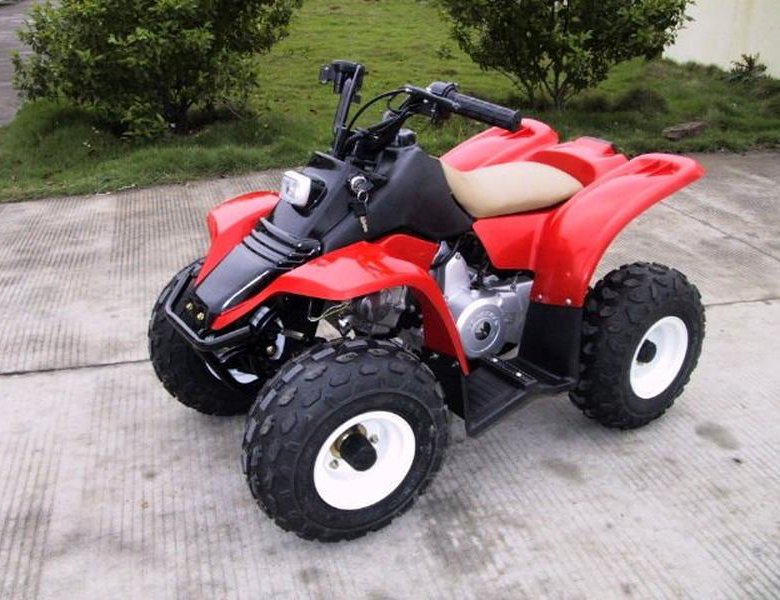
Each fall, I use my ATV to carry hunting equipment and supplies up to the cabin. The combined weight of all the gear and a well-fed rider quickly adds up.
I turned to the user manual to find the ratings for my specific bike, but the numbers they provide are not always self-explanatory.
To find the limit on your own bike, you must first understand the difference between the manufacturer’s various weight ratings. There are two main ratings you should look for:
The total amount of weight a specific ATVsafely may carry should be listed in its user manual. There it is described as the bike’s “payload capacity.”
Note that not all manufacturers provide you with this number. That does not mean you can add as much weight as you want.
A payload capacity rating refers to the maximum combined weight of all payload the ATV can hold. Within the term “payload,” they include:
Within the term “payload,” they include:
The weight of the ATV itself, or fluids like gas and oil, is not included in the payload term and is usually referred to as the bike’s curb weight, dry weight, or wet weight, depending on whether they include the weight of the fluids or not.
So does this mean that the driver can be of any weight or that you can add any amount of cargo, as long as the combined weight is below the rated payload capacity?
Well no. There are other limiting factors you need to consider as well — more on this further down.
If you’re looking for a general estimate of how much weight an ATV can carry or your particular make of ATV does not provide you with an exact payload capacity rating, I’ve collected some data that may give you a good idea of what to expect.
Please note that the specs provided only are meant as a general reference. Local laws and regulations in different countries and regions may result in different ratings, even on the same make and model of ATV.
About half of the major ATV brands do provide a payload capacity rating.
I’ve included all of the ratings available in the diagram below. Also, I used the available data to calculate an average.
If your bike is not on the list, it means your brand does provide this data at the moment. Comparing your bike with bikes of the same type and size should give you a general idea but no definite answer.
Factors such as frame design, suspension setup, and choice of materials may result in different results for two bikes that may look the same at first glance.
From the table, we can make a few interesting observations:

Most ATVs will have a front and a rear cargo rack for carrying your gear. Some racing models will only have a rear rack or no racks at all.
In addition to the bike’s total payload capacity, most ATV manufacturers will tell you how much weight you can put on each cargo rack. Most provide an individual rating for the two racks, while others only tell you the total amount for the front and rear rack combined.
Note that the value of the cargo rack rating will be included in the total payload capacity rating.
You can not add the rack capacity on top of the payload capacity. Doing so will most certainly add more weight to the bike than it is designed to handle.
Once again, I have collected the data to make it easy to compare the various brands. All of the bikes the data is collected from are 2019 or 2020 models:
The front rack generally holds about half of what the rear racks will hold. You must always distribute your cargo as ideally as possible to maintain the relative weight difference between front and rear.
You must always distribute your cargo as ideally as possible to maintain the relative weight difference between front and rear.
If you put all of the weight on the front rack, the bike will become front heavy and hard to steer. It will have a higher risk of flipping forward when riding downhill.
The same applies when putting too much weight on the rear rack.
Flipping backward when riding up a steep hill is a widespread cause of ATV accidents. When you put weight on the rear rack, the risk of flipping increases significantly.
One of the cool things about ATVs is that they can help people with various mobility issues get out and enjoy nature more. People that feel that their weight is holding them back get a chance to experience the outdoors in ways they otherwise couldn’t.
This raises the question of whether there is a limit to how much an ATV rider can weigh.
The manufacturers do not provide a “rider weight limit “rating, so we’re in many ways left guessing.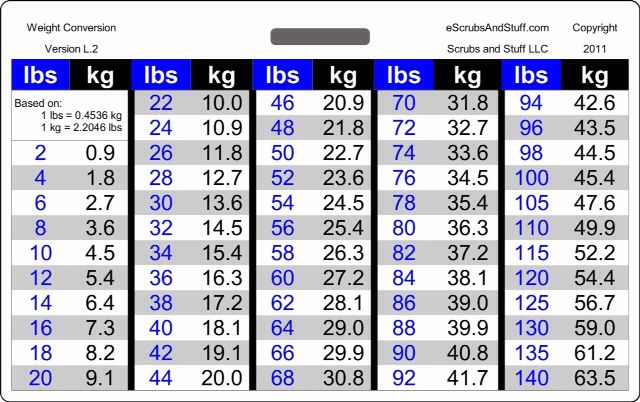
What if we take the rated payload capacity and subtract the rated rack capacity? In most cases, we are left with a relatively small number.
Let us use a Polaris 570 as an example. The rated payload capacity for this particular model is 485lb. After subtracting the rated front and rear cargo weight rating, we have only 215lb (98kg) left.
Surely, if you don’t bring any cargo, the bike should have no problems handling a much higher rider weight than this.
As a general rule, riders up to 300lb (136kg) should operate most adult size ATVs safely. Heavier riders will be better off choosing a bigger ATV than a small one. But if you’re pushing 400 lb (181 kg), there are other factors than ATV weight rating that come into play.
In theory, the bike should mechanically handle a rider’s weight up to the rated payload capacity. But when it comes to ATV riding, theory and practice are not always the same.
A rider of the same weight as the rated payload capacity of any ATV will likely have a tough time riding the bike.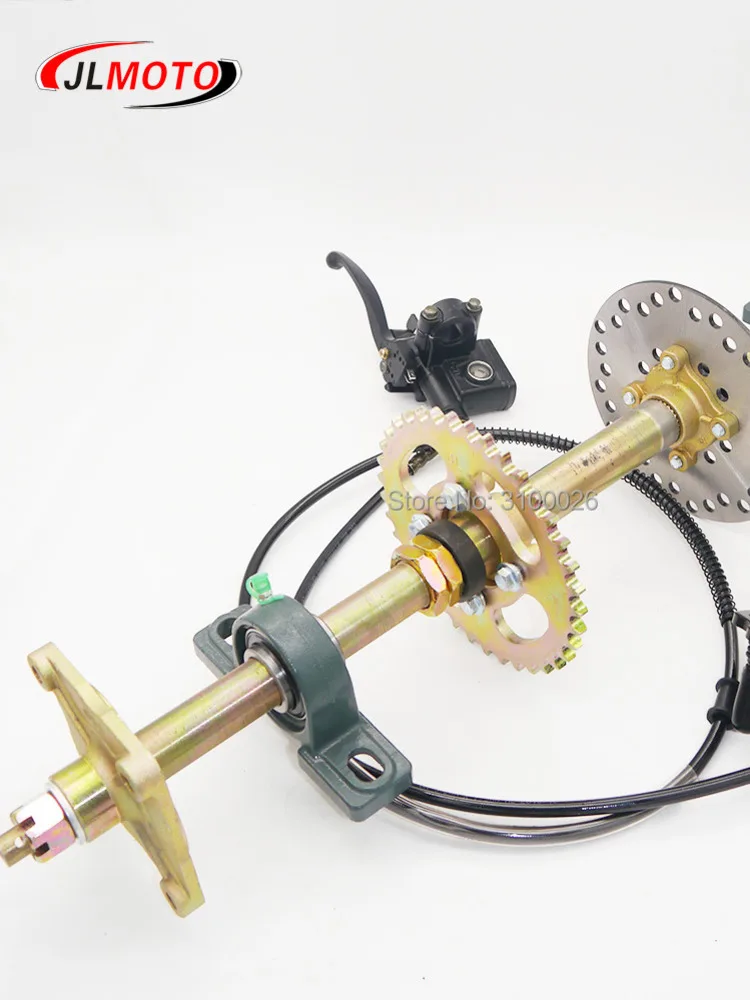
For once, the bike will become top-heavy, making it more likely to tip.
With a heavier rider, the center of gravity is typically higher than with a light rider and some cargo placed on the cargo racks.
Riding an ATV is not like riding a car.
The rider needs to be able to move around on the bike freely to ride it properly. Shifting your body weight is an essential aspect of safe ATV riding in any riding application, even trail riding.
If your weight prevents you from moving freely while sitting on the bike, this may be a limiting factor.
A 300lb rider on a 400cc ATV will be snug. A larger ATV will provide more room for moving around and allow for better handling.
Another aspect to consider is that severely overweight riders may not have the necessary arm strength to hold on to the handlebars when cornering at higher speeds.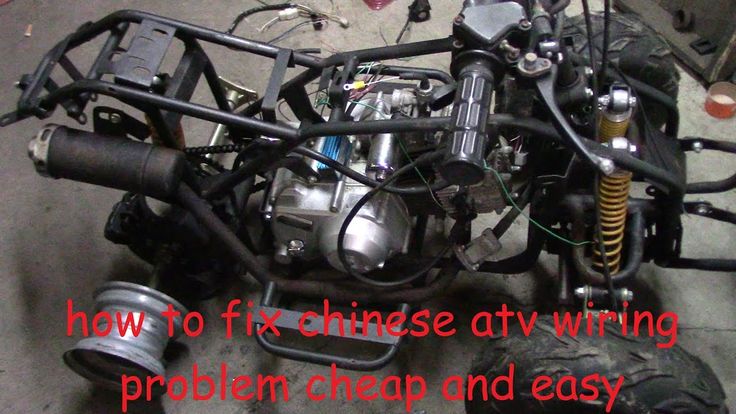
Any size rider will likely fall off an ATV if they lose their grip at a turn. But heavier riders have more weight they need to hold in place using the strength in their arms.
Youth ATVs are small size machines designed for kids of a specific age range. But are there any weight limits to how much the rider can weigh on these?
ATV manufacturers usually do not provide a rider weight limit with their youth models.
Instead, they rate a recommended minimum age that the rider should match before riding a specific youth model.
When a child reaches the minimum recommended age for a given model, he or she is likely too big and too heavy for a model that is one size smaller.
But what if the child is overweight?
Let’s say a specific 10-year-old weighs the same as an average 14-year-old. This means he is almost too big size-wise for ATVs rated for 10-year-olds. But he has not yet mature enough to safely operate a model rated for 14-year-olds.
Related: This is how you choose the best ATV for a 10-year-old
The bike likely won’t break even if you add slightly more weight than recommended; just don’t attempt any big jumps.
However, adding too much weight will have a severely negative effect on the rideability of the bike.
It will become a lot harder to steer and become more likely to tip over due to an elevated center of gravity (becoming top-heavy).
The shocks will compress more than they should and will not have enough travel length left to work correctly. The springs may lose some of their tension if you ride like this over any length of time.
If you plan on hauling more weight than the bike is designed to handle, it is recommended that you divide your load into several smaller loads or use an ATV trailer that can carry significantly more weight for each load.
Contents
There are a growing number of companies making all-terrain vehicles specifically for children.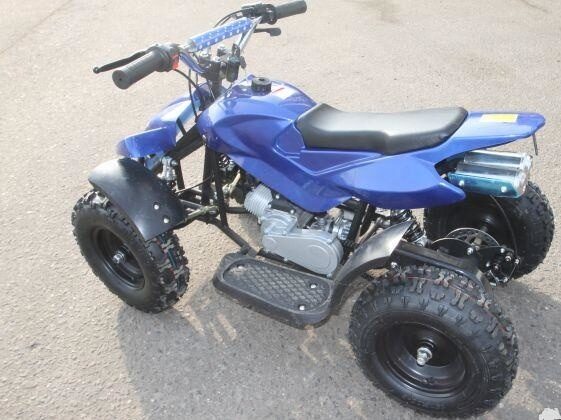 These quads come with smaller motors and larger brakes as well as safety features.
These quads come with smaller motors and larger brakes as well as safety features.
Here we go over exactly what you need to consider when buying an ATV for your child (5,6,7,8,9, 10 and up), especially the 50cc.
We will discuss:
Six years is the ideal age for your child to start riding an ATV. The smallest four-wheeled vehicles are usually designed for children aged six and over.
If you are planning to teach your little one to ride an ATV, it is highly recommended to start at a very young age, but children under six may not have the strength to handle an ATV safely.
Many types of ATVs are available for children. They are very light and are powered by a 50cc battery or gas engine. As you can see from the video, they tend to be quite slow.
Once your young rider has mastered the basic skills needed to operate an ATV, he or she should be ready to move onto a 50cc ATV. 50cc 4 wheeler quad small and light, usually without suspension. It is also equipped with a limiter for maximum speed. It's important to keep a slow pace when your child rides an ATV for the first time.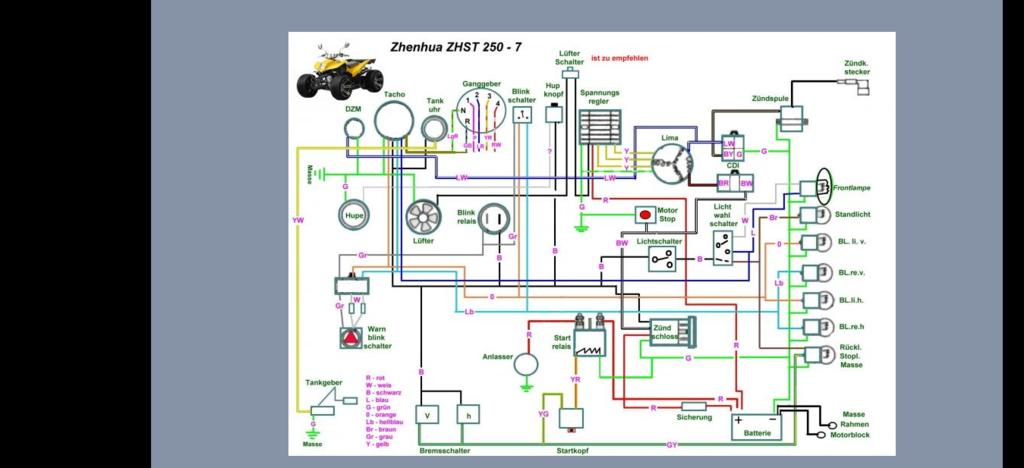 As he or she becomes better and more confident in driving, you can slowly increase your speed.
As he or she becomes better and more confident in driving, you can slowly increase your speed.
50cc ATV may also have a safety switch connected to a seatbelt that an adult can hold while walking behind the ATV. If you want to stop the vehicle immediately, you can pull the harness and turn off the engine.
Many people think that 50 cu. ATVs are too small for children who are already experienced riders, even if they are under six years old. However, the reality is that this is not the case. Riding an ATV safely isn't all about experience or skill; it's a matter of strength and size. You must keep your young chauffeur on 50cc ATVs. until he or she is both an accomplished racer and either a six year old or the physical equivalent of an average six year old. A 50cc all-terrain vehicle with four gears can travel at over 30 miles per hour, and a person needs physical strength to operate the ATV at those speeds.
When it comes to ATVs, the ideal size for your child will depend on their age and other factors, including their weight.
Experts suggest that you let your child driver sit on the ATV you are planning to purchase and ask your child how he feels in the driver's seat, if he is comfortable and comfortable to sit there. Does your young driver learner feel comfortable when seated? Can he or she get to the steering wheel without extending the arm? Is an off-road ATV comfortable and easy to drive?
Below is a breakdown of ideal ATV sizes by age. Please note that this is not an accurate estimate of the ideal size for your child's age.
As the name suggests, these ATVs come with a 50cc engine, the smallest size in most manufacturers' lineups. This size is best for children six to ten years old.
Popular 50cc ATVs Include:
3
89 cm), which is ideal for a six-year-old novice driver. Almost all 50cc kids ATVs come with a throttle limiter that will allow the rider (parent) to set a maximum speed limit so that he or she doesn't have to push the gas pedal hard.
If you have a child between the ages of six and ten, then a 50cc ATV. is the best size for her or him, as long as he or she is not too short or too tall.
The next larger size after 50cc. 90cc models became more powerful and slightly larger. They are ideal for ten to sixteen year olds. Popular models are Can-Am DS90, Yamaha Raptor 90, and Honda TRX90X.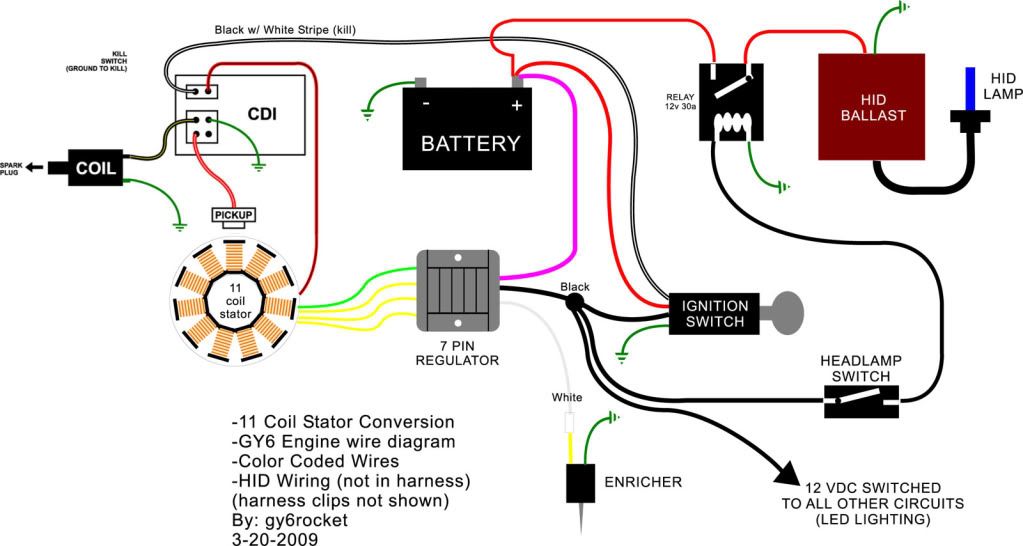
Like 50cc ATVs, 90cc ATVs are equipped with necessary features such as rev limiters to reduce speed to an appropriate level.
If you have a large 16 year old, a 250cc ATV is the best choice. Smaller ATVSs can be overloaded as they are not powerful enough to support the weight of a person of that size. Be aware that many ATVs over 250cc. not equipped with throttle limiter or rev limiter.
Even after you have bought an ATV that meets your child's needs, there are other factors to consider to ensure safety. ATVs are not safe to use as they are, especially for children.
You need to purchase protective equipment for your child: the most important thing is a chest protector and a helmet. According to studies, more than 30 percent of ATV-related fatal injuries involve either the spinal cord or the head. Therefore, a helmet is very important, while a chest protector will protect your child's body in the event of a rollover.
You should be looking for an ATV with a throttle limiter that limits top speed to a certain number of miles per hour. Many 50cc ATVs have them. The device limits the power of the ATV, so it can be easily controlled.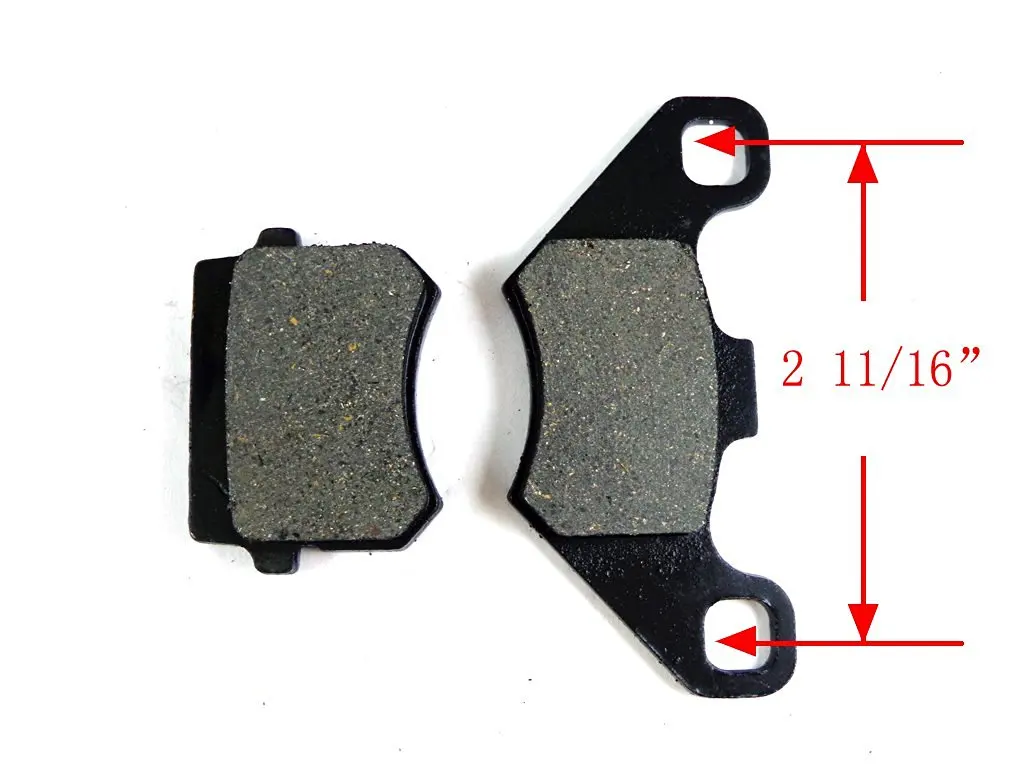
Even if you use a throttle limiter, you must take care of your child while he or she is driving. Never allow your child to use at the initial stage of learning to drive - ATVs with a volume of more than 50 cc.
Many parents mistakenly believe ATVs are safe for children, never leave your child unsupervised while using their vehicle.
A crash helmet is highly recommended for maximum protection. Make sure the helmet fits snugly and securely. The AN90 or American National Standards Institute Z90.1 marking indicates that the helmet meets the national testing standard. If the helmet is not supplied with face protection, it must have eye protection indicating the ANSI Z78.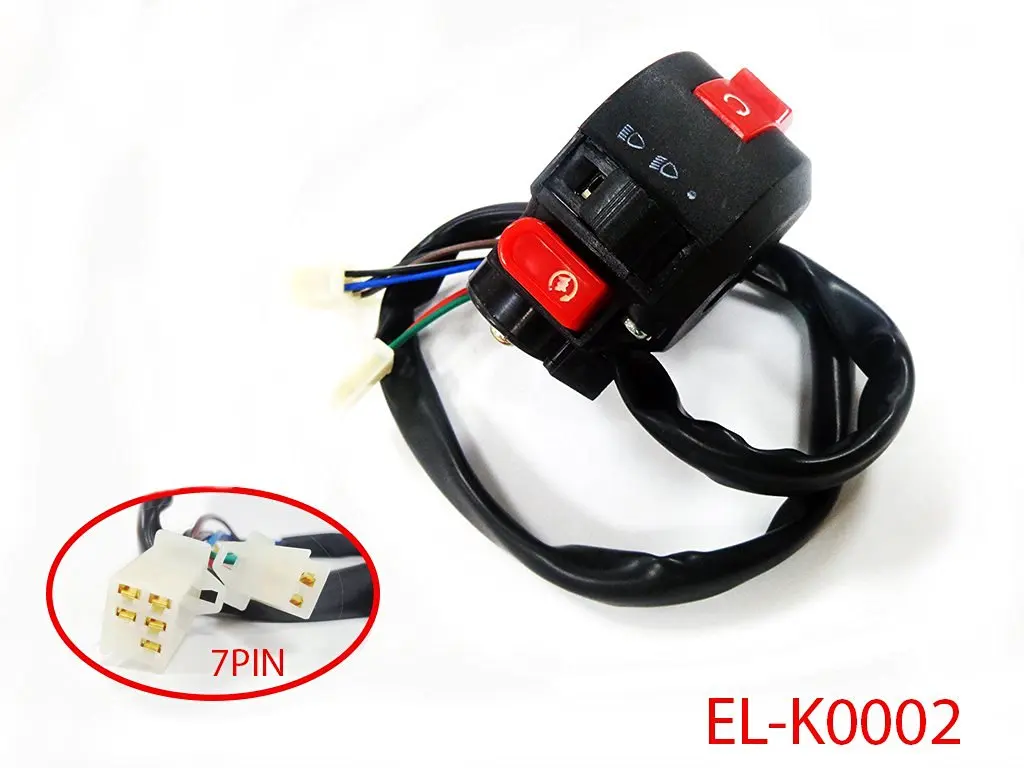 1 label.
1 label.
Look for a Department of Transportation (DoT) or SNELL support rating on the helmet. Many low-quality helmets do not have an approval rating because they have not been tested by any of the accredited testing organizations.
When riding, your young rider should wear shoes with sturdy, non-slip heels and soles. He or she must wear trousers, a long-sleeved shirt and gloves.
Operators, regardless of age, must follow ATV operating rules such as:

The exhaust and muffler, as well as other hot engine parts, must be protected while your little rider is using the ATV to avoid burns. Dry debris near hot exhaust components can increase the risk of fire.
A 50cc ATV may have a rear brake only or independently controlled rear and front brakes. Your children should be taught how to properly use the brake to reduce the risk of losing control due to hard braking.
This Know the age range suggested by the vehicle manufacturer. Some manufacturers are increasing the age range due to liability issues. Use common sense and consider your child's strength and height in relation to his or her age, as well as experience with a motorized vehicle.
You shouldn't put your five year old child with no ATV experience on a 110cc model, just like you don't want to put your fairly grown teenager in an ATV that has a top speed limit of 10 miles per hour.
Even if your choice of ATVs is limited until the child reaches a certain age, small children can enjoy ATVs. The ATV gives them an edge over other kids who play power sports. ATV teaches self-confidence, courage and responsibility. Your child will feel like owning her or his new ATV.
Dirt bikes and ATVs are used outdoors by both children and adults, leading to a range of sports such as motocross and BMX. It's easier for kids to get into ATVing when they're young. While dirt bikes tend to be a problem when you hit the road, an all-terrain vehicle has the same performance as a small car, making it carefree and exciting.
The best thing about ATVs is that kids usually enjoy the control and speed. You can never go wrong buying one for your kids. Just be careful, as their friends will surely want to take a ride and try their hand at the trip.
Below are the things you should think about when choosing a 50cc ATV for your kids. You better check it out!
Today, the best all-terrain vehicles are available in two main types: electric and motor with gas or gasoline. For children between the ages of six and ten, I highly recommend purchasing a powered device for safety reasons. Electric-powered battery ATVs are easy to handle, easy to maintain, and typically last up to an hour of continuous use. There is also no need to buy expensive fuel. Simply plug your device into a power outlet to charge and then unplug it once charging is complete.
There is also no need to buy expensive fuel. Simply plug your device into a power outlet to charge and then unplug it once charging is complete.
If you decide to buy an ATV that runs on petrol or gas, your child must learn to use the ATV with extra care and attention.
Generally, an electric quad bike won't run as fast as a gas and petrol powered model. You should look for a device that suits your child's experience and skills.
If your child is just starting to learn how to use this four wheeler, look for a top speed of no more than ten to fifteen miles per hour (up to 30 km per hour). Consider a machine whose top speed you can change as your little chauffeur grows. Instead of buying two or three cars as your kids get older, you can increase the top speed. This saves you a significant amount of money in the end.
Some people don't consider ATV style. But if you are going to spend a lot of money on a quad bike, you can choose something with amazing style and design.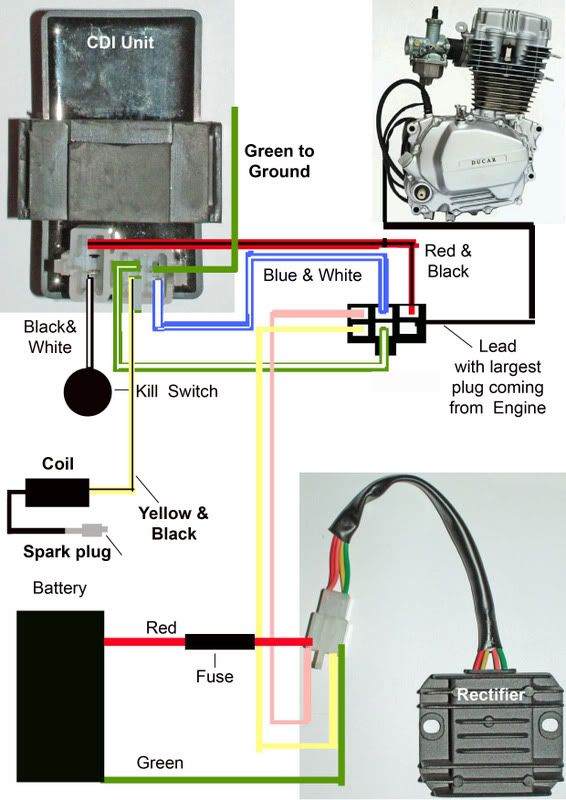 Kids love a dirt bike modeled after ATVs, and even more so when it comes in bright vibrant colors. ATVs with "power wheel" styling or themes from movies and TV franchises would be a smart choice for very young children.
Kids love a dirt bike modeled after ATVs, and even more so when it comes in bright vibrant colors. ATVs with "power wheel" styling or themes from movies and TV franchises would be a smart choice for very young children.
Here are some of the safety features you should consider in a 50cc ATV for kids:
50cc Kids ATV may have additional features such as ample storage space, making it easy to transport snacks and drinks.
Once you've decided you want to buy a 50cc four wheeler, the next natural question might be where to buy it.
Consider whether you are going to get new, refurbished or used.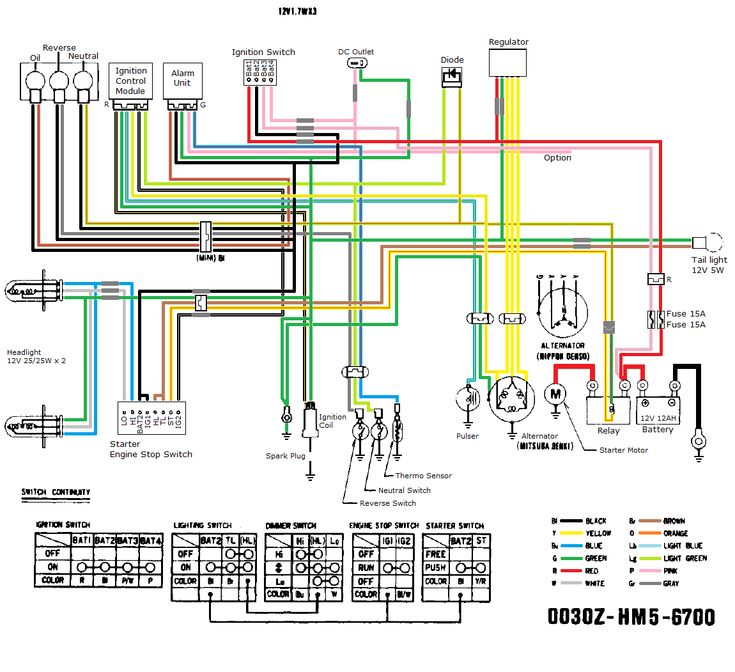 For the last two, you can head to places like eBay and Craigslist and even the Facebook marketplace, but you potentially run the risk of something going wrong with the car you're buying. If you want to be careful, choose a new one, or at least a used one, officially supported by the manufacturer, or better yet, find a dealer in your city, go and see the device live, and also test it on the spot with your child.
For the last two, you can head to places like eBay and Craigslist and even the Facebook marketplace, but you potentially run the risk of something going wrong with the car you're buying. If you want to be careful, choose a new one, or at least a used one, officially supported by the manufacturer, or better yet, find a dealer in your city, go and see the device live, and also test it on the spot with your child.
ATV is one of the most common recreational and entertainment investments not only in the US but throughout the world. Quad biking is fun for the whole family, and your kids will definitely love riding this outdoor quad bike on the various fun trails you lay out for them.
Consider whether you and your child are ready to use a four wheeler. If you are ready and going to buy one, remember not to leave your child unsupervised while he or she operates the device. Tell him that he can only use the vehicle when you are around, at least until he is familiar with it and old enough to drive it himself.
How do you like the article?
Sort: DefaultName (A - Z)Name (Z - A)Price (low > high)Price (high > low)Model (A - Z)Model (Z - A)
On the page: 25285075100
ATV IRBIS 150
Engine type: 4 stroke
Displacement: 150 cc see
Model C PSM
229900 r.
Available
ATV IRBIS 250
Engine type: 4 stroke
Displacement: 250 cc see
Model C PSM
249900 r.
Available
In stock
New
ATV SHERHAN 1000G
Engine type: 4 stroke
Displacement: 125 cc see
Max. speed 60 km/h
speed 60 km/h
94900 rub.
Available
ATV Stalker-110
Engine type: 4-stroke
Volume: 110 cub. see
Max. speed 45 km/h
59900 rub.
Available
ATV Stalker-250
Engine type: 4-stroke
Volume: 250 cub. see
Max. speed 80 km/h
175000 rub.
Available
Available
ATV WELS EVO X 200
Engine type: 4-stroke
Volume: 200 cub. see
Max. speed 70 km/h
210800 r.
Out of stock
In stock
New
Available
ATV Stalker-150
Engine type: 4-stroke
Volume: 150 cub. see
Max. speed 50 km/h
175000 rub.
Out of stock
Available
Out of stock
Available
Available
Available
Available
Available
Available
In stock
Available
Pending
Available
Available
Out of stock
Available
Out of stock
Out of stock
Showing 1 to 28 of 97 (total 4 pages)
Vehicles with four wheels are different. In Russia many people understand ATVs as four-wheeled all-terrain vehicles, in the USA - like four wheelers. They can also differ a lot. from each other. We will tell you about small copies of large units. Baby copies of Japanese, German and Chinese manufacturers are designed for young drivers. Our online store offers high quality vehicles for young motorists.
In Russia many people understand ATVs as four-wheeled all-terrain vehicles, in the USA - like four wheelers. They can also differ a lot. from each other. We will tell you about small copies of large units. Baby copies of Japanese, German and Chinese manufacturers are designed for young drivers. Our online store offers high quality vehicles for young motorists.
To every parent who carefully monitors development your child, you need to carefully familiarize yourself with our range. A compact all-terrain vehicle is considered not only a toy, but also a useful solution in acquiring driving skills at a young age. You can buy a petrol ATV, and your child will learn the basics of driving on his own vehicle. ATV for children, which is the prototype of an adult model, guarantees the young driver is completely safe. Don't forget to order special equipment - colorful helmets and protective suits to inspire the young driver to travel in your own vehicle. ATVs for children with protection attributes will turn your pastime into children in an interesting game on wheels. You will be convinced that received in childhood driving skills will be useful for the child in the future.
You will be convinced that received in childhood driving skills will be useful for the child in the future.
After choosing the children's transport you like in the catalog, call or make order on the store's website. Our managers will provide the necessary assistance, give a clear answer to your questions. The order will not have to wait long, as we We work with all regions of Russia, and your order will be delivered right on time. Only with us the buyer will find a wide range of vehicles of the world manufacturers at affordable prices. Your child will remember this gift forever. life is like a miracle, and will be very grateful for his first vehicle.
We present to your attention a wide range of popular all-terrain vehicles filled with gasoline from the world's best manufacturers. In our store There is a wide range of ATVs available, from simple to more powerful, fuel-powered or on batteries. Managers will be happy to help you choose exactly what you need.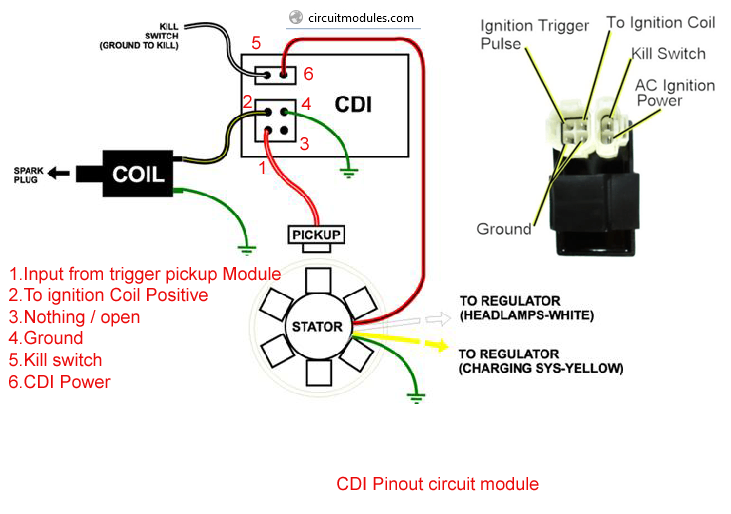 need.
need.
Petrol ATVs have some differences, which are not similar to electric models:
ATVs differing from each other in some parameters:
All these differences affect the cost, the more additional options and equipment, the higher the price.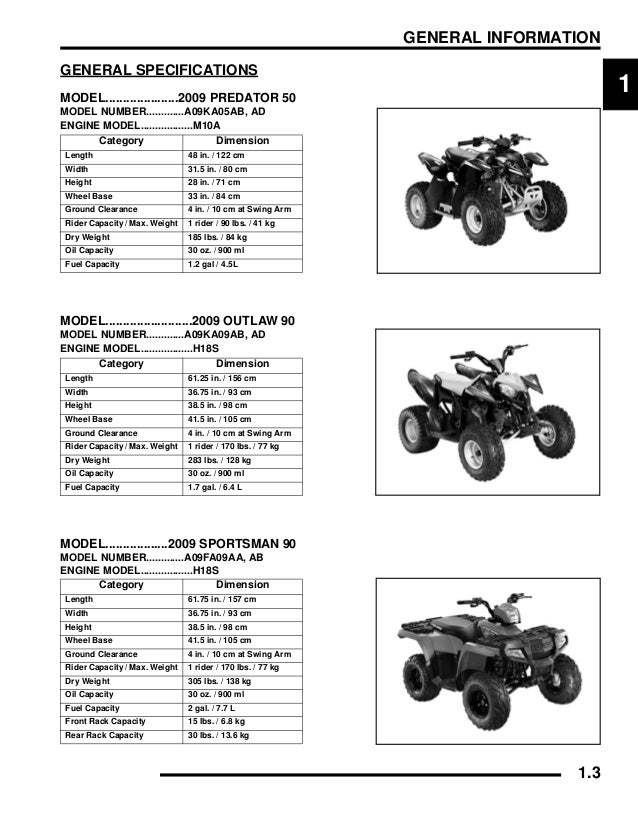 Which transport is better to order remains decide for the client. You can choose the unit that suits you best. ride for you and your child, as many ATVs are rated by weight up to a hundred kilograms, which means they can withstand an adult.
Which transport is better to order remains decide for the client. You can choose the unit that suits you best. ride for you and your child, as many ATVs are rated by weight up to a hundred kilograms, which means they can withstand an adult.
When buying a gasoline ATV, you need to pay attention to its dimensions, because the model should be comfortable for the child to sit in it. Also, the child must it is easy to get to the control devices and immediately you need to decide what should be power of the unit and its engine. For a small child, the best option there will be a quad bike with a two-stroke engine. Manufacturers make such children's vehicles of small size and weight. Their engine has much less power. They have the function speed limits if the child is already striving for a fast ride. If parents do not mind riding an ATV yourself, then in this case you need to pay attention to the model with a four-stroke gasoline engine with a volume of up to 150 cubic centimeters, a speed of up to 50 kilometers and a fuel reserve of up to 5 liters.